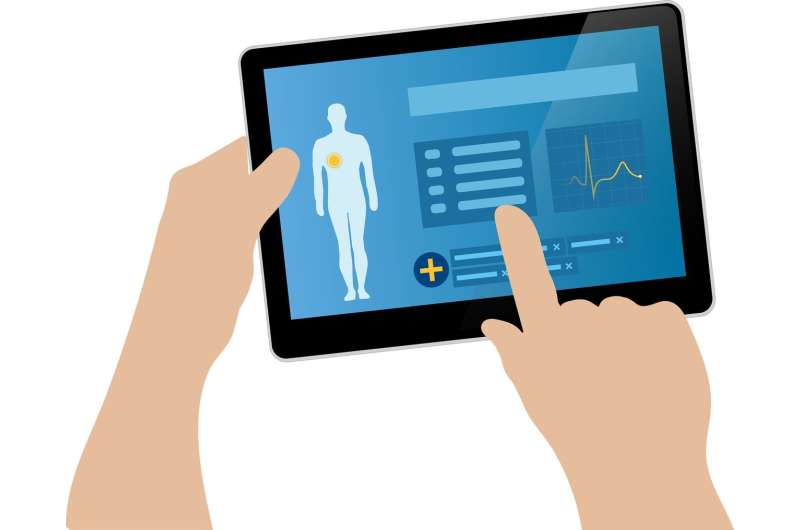
An early advocate for the electronic health records now found in hospitals across the country has developed a plan to improve their use, lighten clinicians’ workload and enhance patient care.
The University of Virginia School of Medicine’s Don Detmer, MD, MA, designed the improvement plan in collaboration with Andrew Gettinger, MD, of Dartmouth’s Geisel School of Medicine. Detmer oversaw UVA’s adoption of electronic physician order entry in the early 1990s while vice president for health sciences. That move made UVA one of the first academic health centers in the country to embrace electronic records.
In the new proposal, published in the Journal of American Medical Association (JAMA), Detmer and Gettinger outline what they are calling “essential electronic health reforms for this decade.”
Electronic health records, commonly called EHRs or EMRs, were introduced to improve record-keeping and assist doctors and other health professionals in providing the best care possible. But with their implementation came increased documentation responsibilities that added to an already heavily workload for clinicians and that can contribute to provider burnout. Further, many argue that the required documentation can distract from focusing on patients during visits.
Detmer and Gettinger seek to tackle these problems head-on. “Lack of action by national leaders saps the energy and motivation of health workers,” Detmer said. “Health and safety should count for more, and action on our recommendations could improve both.”
Enhancing electronic health records
The authors call for three key changes they say could be implemented fairly easily:
- Removing all administrative and regulatory documentation obligations for care providers during their “clinical time” with patients, except for matters pertaining directly to the reason for the patient’s visit. This would effectively separate care provision from payment and billing, cutting through red tape. For example, Detmer and Gettinger suggest streamlining all insurance approval and authorization practices to eliminate, as much as possible, the need to get “pre-approval” from insurers for treatments.
- Adding the ability for patients to enter information in their electronic health record, making them more active participants in their care.
- Reinventing the “clinical note,” one of the most common records providers create, to better support patient care. These notes, Detmer and Gettinger say, should directly address expected or desired results from each visit and could include timelines, when possible.
“What will be the effect of these interventions?” the authors ask in their article. “A major move in these directions will allow far greater creativity and innovation between clinicians and patients to transcend the traditional boundaries of what constitutes care. The focus of care can broaden to consider all the social determinants of health [the external factors that affect outcomes] that may be relevant to a particular patient.”
In addition to those proposals, Detmer and Gettinger argue that the most urgently needed change is the least likely to be implemented. They say there is a desperate need for “unique personal safety identifiers” that would let hospitals, employers, health plans, insurance companies and other healthcare organizations streamline operations by jointly identifying individual patients.
That idea was originally mandated in 1996’s Health Insurance Portability and Accountability Act (HIPAA) but has not been implemented at the national level because of concerns about patient privacy and other issues. The lack of such consistent identifiers, Detmer and Gettinger maintain, “presents a continuing threat to privacy, safety, cost reduction and administrative errors.”
Next steps
While the doctors acknowledge that national identifiers are likely off the table, they say that enacting the other changes they suggest could make a big difference for both care providers and patients.
“Although addressing shortcomings in EHRs will not cure all that ails our current health care system, implementing these recommendations should positively affect patients and clinicians and move us toward the original vision of a patient-centered, technology-enhanced health care ecosystem that is designed to significantly improve outcomes at a lower cost, with more satisfied patients and clinicians,” the authors conclude.
More information:
Don Eugene Detmer et al, Essential Electronic Health Record Reforms for This Decade, JAMA (2023). DOI: 10.1001/jama.2023.3961
Journal information:
Journal of the American Medical Association
Source: Read Full Article
